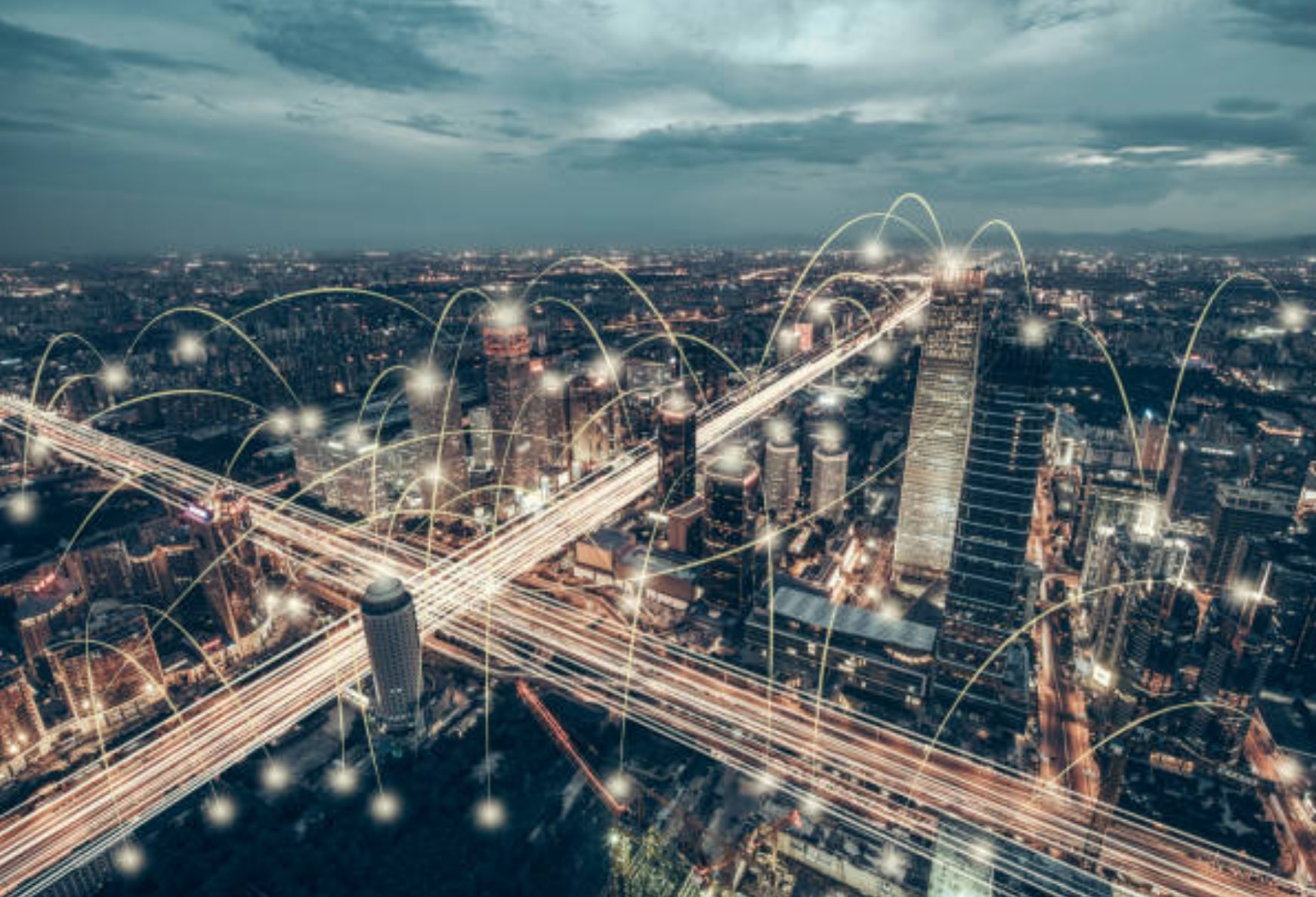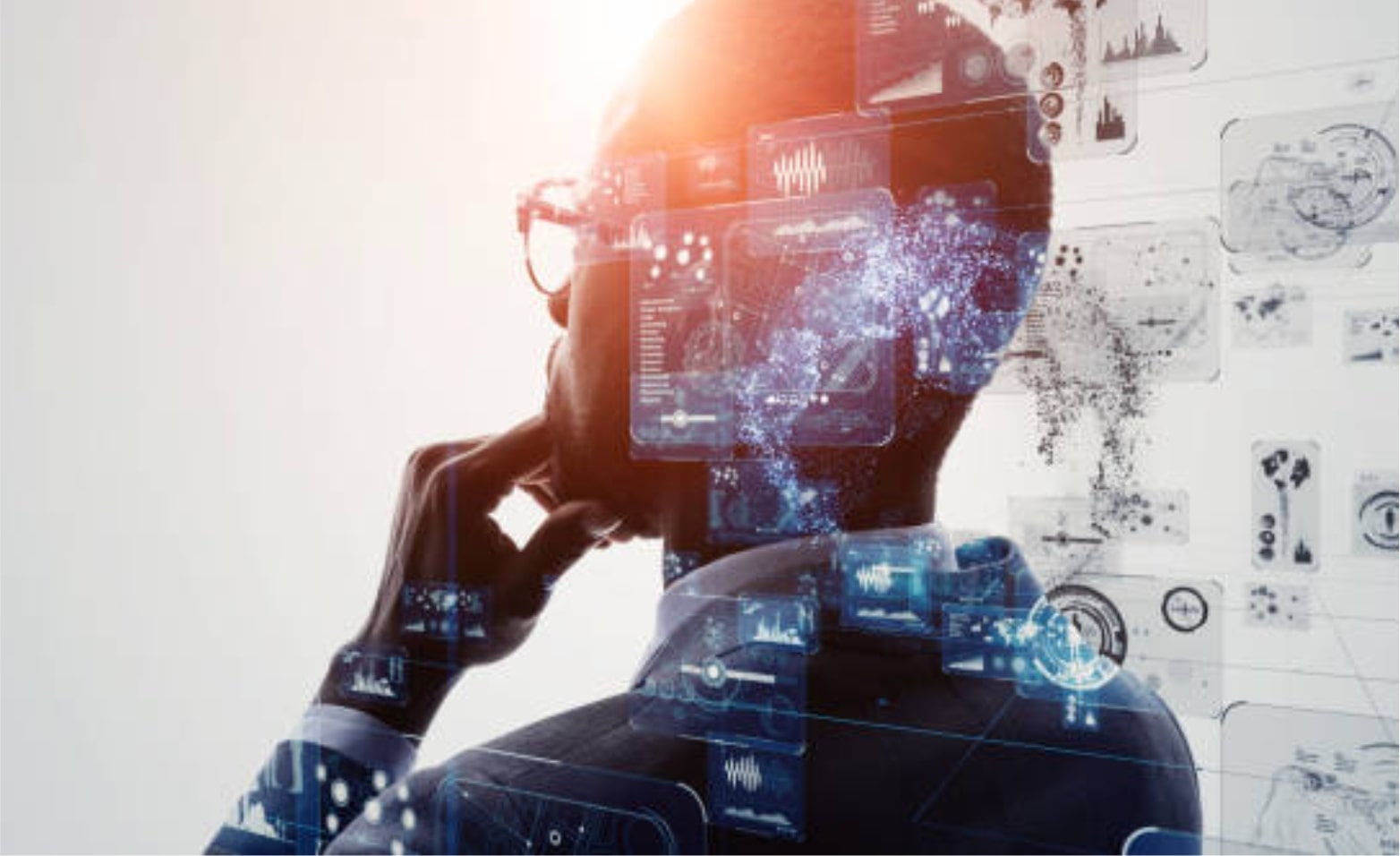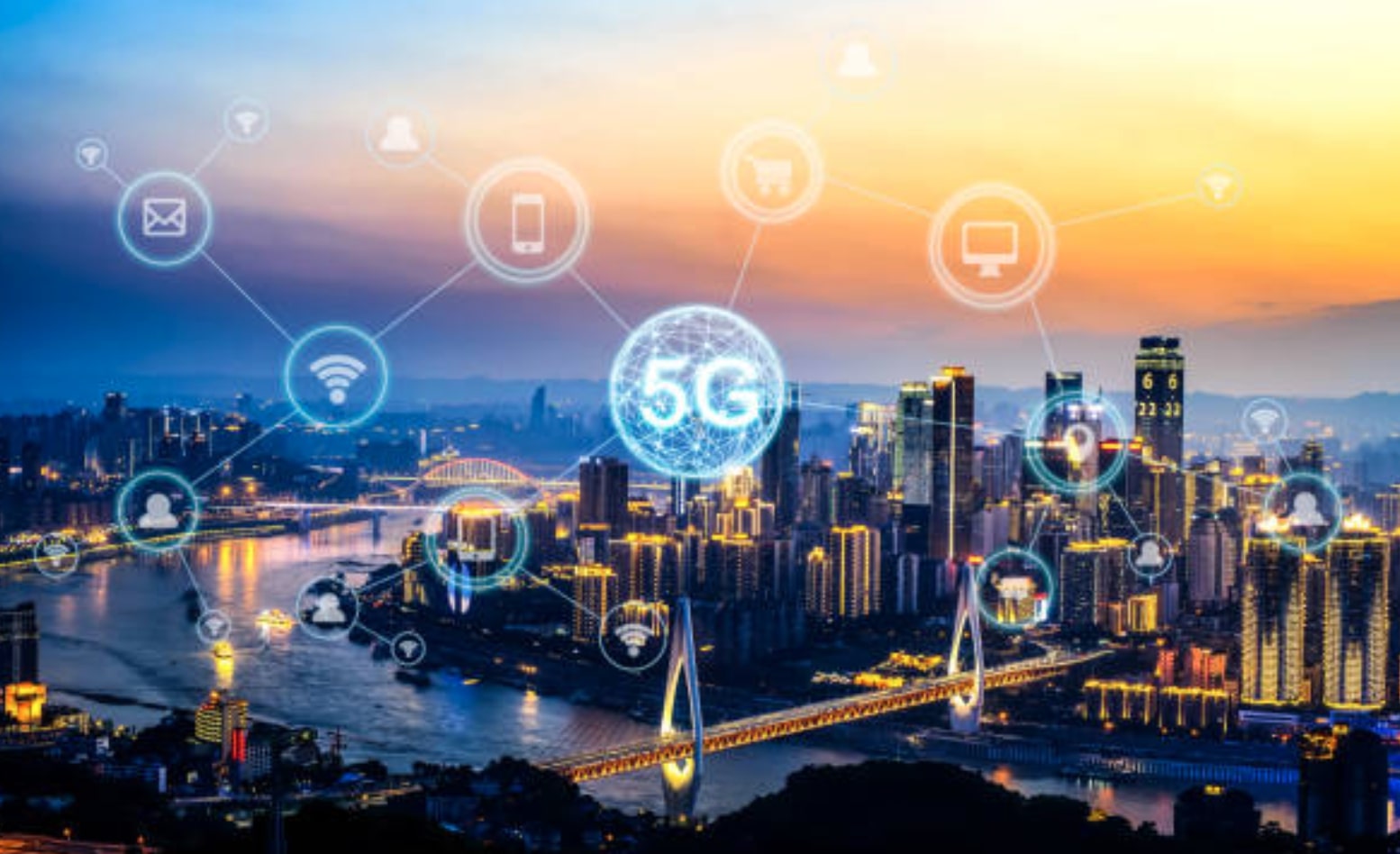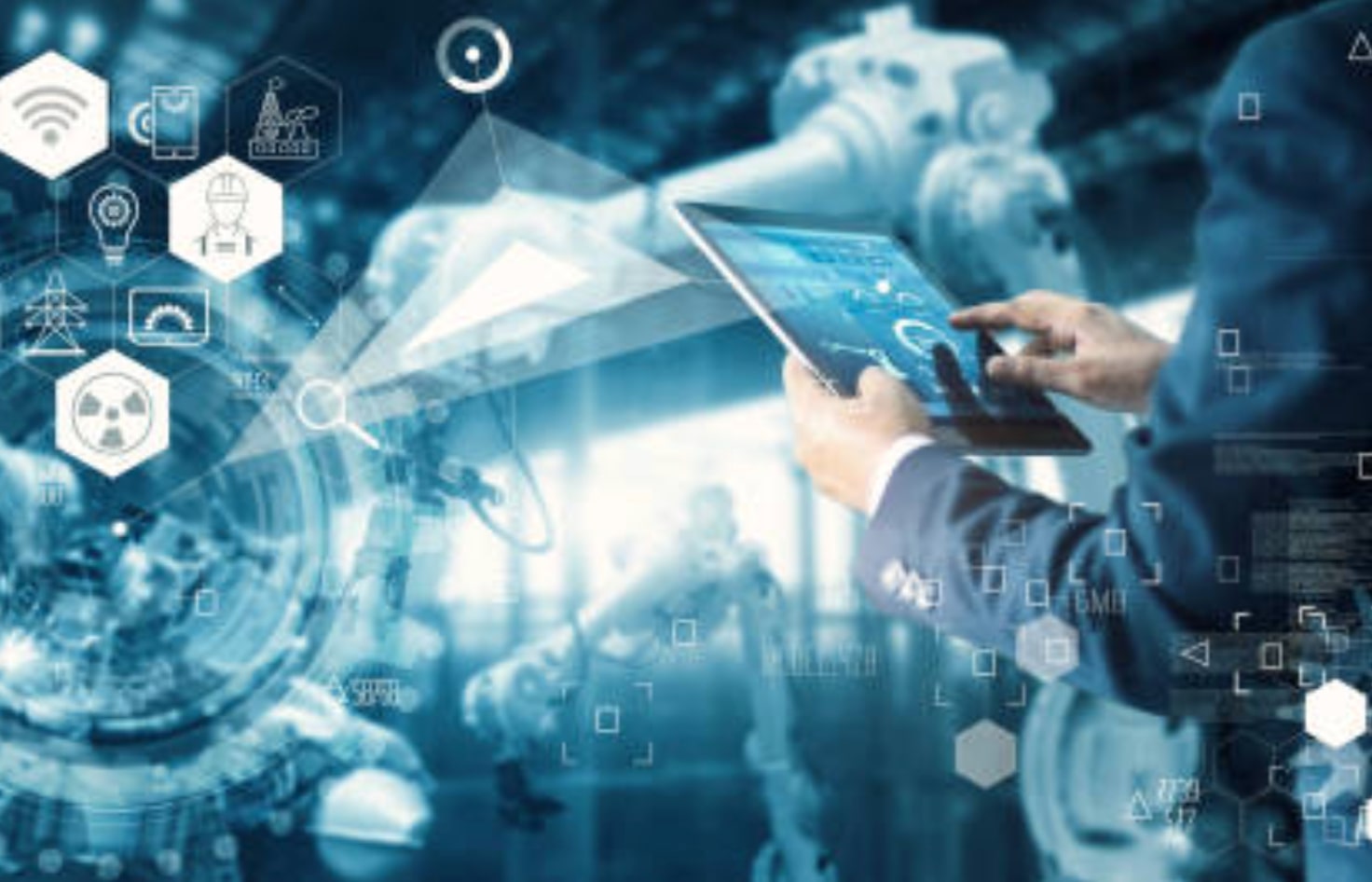FROM MY VANTAGE POINT
Balancing Short- and Long-Term Goals in IoT Deployment
While there is considerable hype surrounding autonomous vehicles, there are still miles to go before widespread deployment of this technology. A 2020 MIT study concluded, in fact, that Level 4 implementation — i.e., the appearance of self-driving vehicles that can handle complex situations, albeit with human monitoring — will likely not be seen until at least 2030, and even then only in specialized situations.
Further, the study added:
Overall shifts in other modalities, including fleets and passenger cars, are likely to be no faster, and so disruption to taxi, rideshare and bus driver jobs is likely to be limited in the near term.
In other words, we need to pump the brakes, so to speak, on our expectations for autonomous driving. Certainly the auto industry gets that, as on one hand it is developing technologies related to the Internet of Things (IoT) that can be used in autonomous vehicles down the road, while on the other integrating those technologies into current designs. Think of things like navigation systems, lane-departure warnings or infotainment systems; all of them are commonplace in the cars of today, and hints at all that will be featured in the cars of tomorrow.
There is an object lesson here, for all industries deploying IoT — how it’s important to keep one eye on short-term goals, another on the big picture. Developments in this sector are constant, meaning it will be vital to make mid-course corrections, while at the same time being cognizant of what the ultimate goal might be.
This has also been illustrated during the pandemic. Time and again we have seen how useful connected technologies can be in ensuring well-being and achieving sustainability, goals that will obviously still be in place going forward.
Consider, for example, the crucial roles played by telehealth and wearables during the crisis. There are those who believe that these technologies will only become more prominent once this crisis subsides; that indeed they will provide users and healthcare professionals alike with more data than ever before.
In addition, smart buildings make such things as social distancing and contact tracing possible. That can only bode well for the future, considering that experts fear other pandemics lie ahead.
The pandemic has also underscored the need for a circular economy — i.e., one in which single-use items (like, for instance, protective masks) are best avoided in favor of those that can be reused or recycled. One example is circular lighting, where a business’s lighting is managed remotely by a provider (thus ensuring greater efficiency) and parts, upon obsolescence, are harvested for further use.
Those in the public sector are also coming around to the big-picture/small-picture juggling act. Consider smart city technology, where sensors monitor a whole host of things, notably traffic patterns and pollution levels. As these sensors become more commonplace, the ability of governmental officials to track potential issues will likewise increase.
The greater point is this: Innovation is ongoing. It is occurring with such swiftness that it is best for business leaders to implement what they can, while they can. In that fashion they can meet short-term objectives, while at the same time keeping larger goals in mind.
The Future of AI, According to Business Leaders
Momentum continues to gather within the business world around artificial intelligence, described by one leader as “the glue that stitches analytics results with actions” and another as a technological breakthrough that is essential for success. Still another leader surveyed the AI landscape and offered this assessment: “The future is indeed AI for everyone.”
The present, too. Gartner reported in 2015 that just 10 percent of companies responding to a survey were using AI, or planned to do so. Four years later, 37 percent fell into those categories, a 270 percent increase. Other reports indicate that 91.5 percent of firms have an ongoing investment in AI (though only 14.6 percent have actually implemented it). And while the percentage of firms assessing AI as the most disruptive technology slipped from 80 percent in 2019 to 69.5 percent in 2020, it still greatly outdistances cloud computing (11 percent).
In all, the AI market size, which stood at $27.23 billion in 2019, is expected to mushroom to $266.92 billion by 2027, a compound annual growth rate of 33.2 percent. Small wonder that Dr. Kai-Fu Lee, a computer scientist and head of the Chinese venture capital firm Sinovation Ventures, asserted in 2018 that AI is going to “change the world more than anything in the history of mankind. More than electricity.”
That same year, Andrew Ng, chief scientist of the Chinese multinational technology company Baidu and former Google Brain head, put it this way to ZDNet:
“Lots of industries go through this pattern of winter, winter, and then an eternal spring. We may be in the eternal spring of AI.”
And indeed, 54 percent of the companies adopting AI have seen a spike in productivity, while 44 percent have seen an increase in profitability. Additionally, 62 percent of consumers expressed a willingness to use the technology to bolster their experience.
AI has impacted businesses across the board, but it is expected to have a particularly profound effect on healthcare, as has already been shown during the pandemic. While some 45 percent of American healthcare systems indicated in 2019 that they had begun to use AI or were planning to do so, in 2020 that rose to 84 percent. Another study concluded that the healthcare AI market, valued at $3.9 billion in 2019, will increase to $107 billion by 2027, a staggering compound annual growth rate of 49.8 percent.
It has been found that AI can automate image diagnosis, a case in point being its ability to identify COVID-19 on chest X-rays. AI can also reduce dosage errors and play a role in robot-assisted surgery, and reduce doctors’ administrative burdens, a major cause of burnout.
AI is also impacting transportation, as shown in the development of autonomous vehicles, as well as manufacturing, where robots are being used more and more for repetitive tasks. It is also a factor in the recruiting process in all industries, as well as cybersecurity.
So yes, it does appear to be an eternal spring for AI, with new developments constantly blossoming and fertile ground forever available to investors.
The Marriage of NFTs and DeFi and What It Means for the Virtual Economy
While in 2020 decentralized finance (DeFi) was all the rage, 2021 has seen the rise of non-fungible tokens (NFTs), which are essentially digital certificates of ownership of a scarce asset on a blockchain.
After $400 million in gross sales of NFTs were consummated in 2020, some $1 billion were completed in just the first quarter of this year. That includes $230 million in transactions involving NBA highlights. It includes the sale of the first tweet by Twitter founder Jack Dorsey for a cool $2.9 million. And it includes the sale of a collage of digital images by the artist Mike Winkleman (a.k.a. Beeple) for $69.3 million.
Beyond offering a virtual platform for artists, NFTs have become a central part of the virtual economy, as they are being used to tokenize hard valuable assets like real estate, jewelry, racehorses, fine art and fine wine. It is expected, in fact, that NFTs will transform the worldwide web itself. As Nitan Gaur, founder and director of IBM Digital Assets Labs, wrote for Cointelegraph.com in early April:
(T)he NFT movement is indicative of a larger token revolution that will not only fuel massive innovation and growth in Web 3.0 protocols but also test the resolve of the DeFi movement, along with its ability to intersect and provide platforms and an exchange vehicle for all token types.
Gaur went on to explain that while earlier iterations of the web made it possible to circulate information, they were not designed with the idea of circulating items of value. The new-look web, dependent as it is on edge computing, decentralized data networks and artificial intelligence, will be able to do that.
In other words, the marriage of DeFi and NFTs can be expected to play a critical role in this transformation. Already we have seen the development of platforms like NFTmall, an NFT marketplace that is powered by DeFi and eCommerce and provides even greater exposure for artists and other content creators. We have seen the emergence of NETfi, which enables borrowers to post digital items as collateral, thus heralding a redefinition of financial services.
NETfi, in fact, underwent an $890,000 investment round in February, and is one of a dozen companies making possible the coupling of DeFi and NFTs. Consider Ark Gallery, which has developed tools to make NFTs more fungible. Consider Zora Protocol, which has created an NFT auction model. Consider Unifty, which has designed a management system that is “the WordPress of NFTs,” as one of its team members, Markus Medinger, informed CoinDesk. And consider Polyient Games, which has both invested in NFTs and developed a decentralized exchange for the technology.
All of this was neatly summarized by Lasse Clausen, a partner at the venture firm 1kx, in a news release circulated to Coindesk and other finance-related outlets:
“As NFTs re-imagined how we produce and define ownership of digital content online, we’ll also, in turn, begin to re-imagine a whole new category of financial services based on these new building blocks.”
Certainly that can be expected to continue. Certainly NFTs will continue to be robust, continue to thrive. And it appears that its looming marriage to DeFi will play a significant role in its ongoing surge.
Can You Hear Us Now? Where 5G is Concerned in the U.S., That’s Still Not Clear
In November 2020 T-Mobile executive Neville Ray declared to Fortune magazine that where 5G was concerned, his company was “off to the races” and that it “came out of the blocks super quick.”
T-Mobile, labeled in that same Fortune piece as “the next big thing” by Craig Moffett of MoffettNathanson Research, has been able to maintain that momentum in the early stages of 2021, as it works toward its stated goal of nationwide coverage by the end of the year. The company’s coverage, speed and upload speed are superior to those of Verizon and AT&T, giving every indication that it is in fact winning the race.
There are, however, lingering worries about how the U.S. is faring in the larger 5G race against China, and the economic implications going forward. Former Google head Eric Schmidt, writing in Financial Times in early February, asserted that China is “far ahead” in that competition, as it will soon have a national network, while American progress was actually stunted by an FCC auction in January that saw a sizable swath of 5G-friendly “C-Band” spectrum peddled for the record-setting total of $81 billion.
As he wrote:
The massive sums winners paid for the spectrum will reduce their financial capacity to actually use it. Instead, it will probably result in disinvestment and downsizing. … The outcomes are predictable: Americans will face higher prices and weaker digital services — yesterday’s internet tomorrow.
Others are more optimistic. Nearly seven of every 10 business leaders believe, for instance, that 5G will aid in their companies’ recovery from the economic crisis resulting from the coronavirus pandemic, according to the Verizon 5G Business Report. Roughly eight in 10 of those decision makers believe the rollout of this technology will create new opportunities for their enterprise, their industry and their role.
Certainly there is compelling evidence to support that. While the downlink speeds have not yet reached the hoped-for rate of 100 megabits per second (Mpbs), T-Mobile, at least, was on an uptick. Its rate of 58.1, in addition to being superior to those of AT&T (53.8) and Verizon (47.4), had inched up from 49.2 in June 2020, according to data from the research group Opensignal. (The other two companies had actually seen their speeds decline.)
T-Mobile is also seeing its customers use 5G service 30.1 percent of the time, up from 22.5 percent in mid-2020. Respective user rates for AT&T and Verizon are lagging at 18.8 percent and 9.5 percent, by comparison. And finally, T-Mobile’s upload speed — i.e., the rate at which larger files, like photos and videos, can be shared — stands at 14.0 Mbps, ahead of Verizon (11.9) and AT&T (8.0).
Additionally, T-Mobile was the first carrier to launch a standalone 5G network — i.e., one that is not built upon 4G LTE infrastructure — having done so in August 2020. That has resulted in increases in the number of rural users, which is critical to the larger goal of nationwide coverage, and brings with it hopes for things like a supercharged Internet of Things and the rise of autonomous vehicles.
Miles to go on all fronts, of course. But so far T-Mobile seems poised to deliver on its promises.
The IOT Cybersecurity Act: What it Could Mean Going Forward
Leading up to the Presidential inauguration of Joe Biden, his Peloton had become a matter of national security. Equipped with a camera and a microphone, the President’s stationary bike has been considered a prime target for hackers, which led to a debate as to whether he should even bring it into the White House.
Now, multiply that matter by millions, and you have some idea of the challenge facing the federal government as it pertains to interconnected devices. That was the impetus behind the Internet of Things Cybersecurity Improvement Act of 2020 (a.k.a. the IoT Cybersecurity Improvement Act of 2020), which was signed into law on December 4, 2020.
The aim of the bipartisan bill, which was introduced in 2017 by Sens. Mark Warner (D-Va.) and Cory Gardner (R-Colo.), is to establish baseline security requirements for IoT manufacturers hoping to contract with the federal government. And, according to the website Cyberscoop.com, it is viewed as “arguably the most significant U.S. IoT-specific cybersecurity law to date, as well as the most significant law promoting coordinated vulnerability disclosure in the private sector to date” by Harley Geiger, director of public policy for the cybersecurity company Rapid7.
This bill empowers the National Institute of Standards and Technology (NIST) and the Office of Management and Budget (OMB) to batten the cyber-hatches. Specifically, those bodies must develop baseline cybersecurity guidelines for all federal agencies.
The hope is that it will in turn lead to an upgrade in the standards of those manufacturers who contract with the government. The additional hope is that those standards become commonplace, whether a company is working with the government or not.
“Of course it depends on the business and how much business they think they can get from the federal government,” Rep. Robin Kelly (D-Ill.), who sponsored the bill in the House of Representatives, told Cyberscoop. “I think it will sway some. I’m not gonna say it will sway all.”
If nothing else, it represents a baby step, a noble attempt at securing the ever-expanding cyber-border. By some estimates, there will be between 500 billion and one trillion connected devices around the world by 2030. And as Chris Hazleton, Director of Security Solutions at the mobile-security-solutions firm Lookout, told Security Magazine:
IoT devices are growing in diversity in terms of capabilities and price points, so there is pressure on manufacturers to rush devices to market, which means they often cut corners to maintain margins. Cybersecurity is often seen as a last-minute and costly add-on that manufacturers skimp on. Hundreds of millions of devices and network hardware have been delivered to market with simple default admin passwords. This creates a massive attack surface for any organization that deploys and relies on these connected devices.
Limiting that attack surface promises to be more and more difficult in the years ahead. But this bill begins to address that. It raises awareness, and will hopefully lead to an across-the-board improvement in security standards — standards that will forever need to be tweaked and upgraded. We can be sure that the hackers will never rest. Those on the other side of the equation can’t afford to either.
Tech in 2021: Get Ready for the Internet of Behavior
The coronavirus pandemic has changed the business landscape, and as we head into 2021 its impact will continue to be felt.
While remote work has become a necessity at many businesses (something that promises to be the case, well into the new year), there are those enterprises where that is not possible — where employees must congregate in the workplace, while at the same time observing social distancing protocols and other measures that will ensure their safety.
To be absolutely certain that is the case, employers are turning to an offshoot of the Internet of Things — the Internet of Behavior (IoB). Sometimes called the Internet of Behaviors, plural, it involves tracking human activity through interconnected devices. Gartner predicted in its “Top Strategic Technology Trends for 2021” that it is poised for a breakout in 2021.
As examples, Gartner pointed to the use of Radio Frequency Identification (RFID) tags, which enable employers to monitor whether employees are washing their hands enough, and computer vision to reveal whether they’re using masks. In addition, telematics could be used to track driver performance when using company vehicles.
Other organizations are equally bullish about the IoB’s potential. Forrester, in its forecast for the year ahead, sees environmental monitoring taking on greater importance than ever — that sensors will be used to not only maximize uses of lighting, power and energy, but also to identify congested office spaces so that modifications to the layout can be made to enable social distancing.
The IoB uptick was neatly summarized by Gartner research vice president Brian Burke during an organizational symposium, stating, “The unprecedented socioeconomic challenges of 2020 demand the organizational elasticity to transform and compose the future.”
Indeed, the pandemic has brought about a need for such elasticity — for adroitness, resourcefulness and the ability to adapt on the fly. As it was put in the Forrester report:
Behind the scenes, processes designed over years to ossify cost control, efficiency and predictability were replaced by those that emphasized flexibility and resilience. As they plan for 2021, manufacturers will learn the lessons of 2020, doubling down on technology-enabled strategies to deliver flexibility, resilience and innovation.
Mining behavioral data is a concept first explored by Gote Nyman, a retired psychology professor at the University of Helsinki, in 2012. He cautioned, however, that too much can be read into statistics compiled gleaned from the IoB. It has been left to Gartner researchers to dig deeper; and as the technology has improved, the insights have become more revealing.
Certainly the IoB also serves as a powerful marketing tool, giving businesses unprecedented insights into customer habits, which in turn can be used to anticipate future behavior.
There are, however, privacy concerns, concerns that conjure up memories of George Orwell’s ever-vigilant Big Brother, from the dystopian 1949 novel “1984.” Gartner estimates that by 2023, 40 percent of the global population — some three billion people — will be tracked. By 2025, half of the world will be subject to one IoB program or another.
So that’s concerning, and bears are watching. But in the short term, the IoB offers promise for companies and investors alike.






